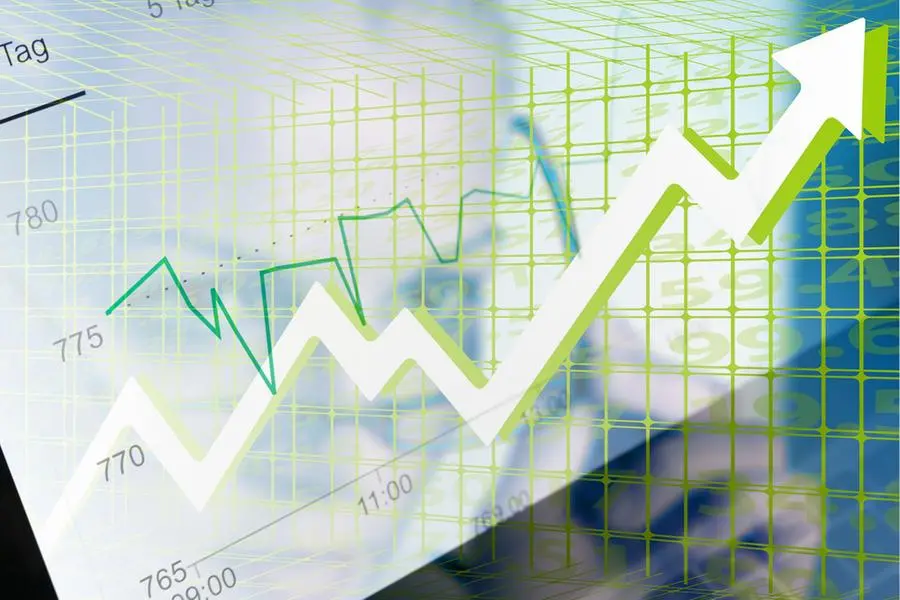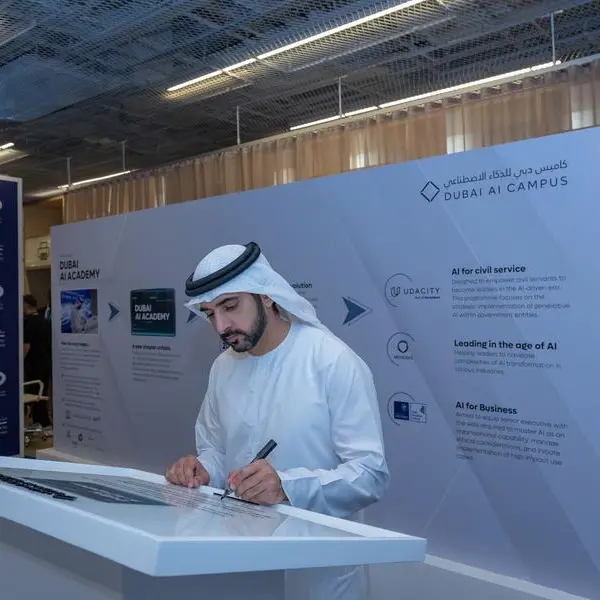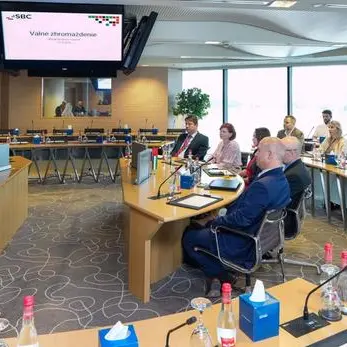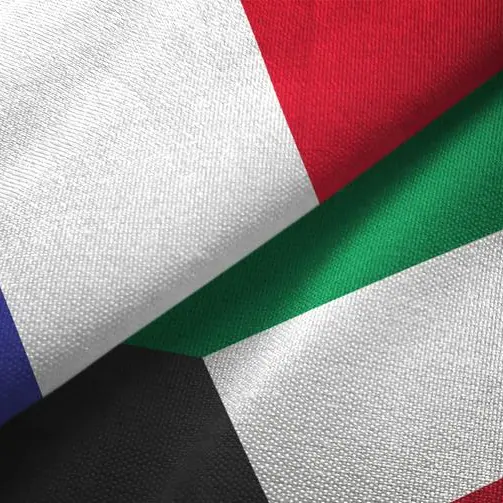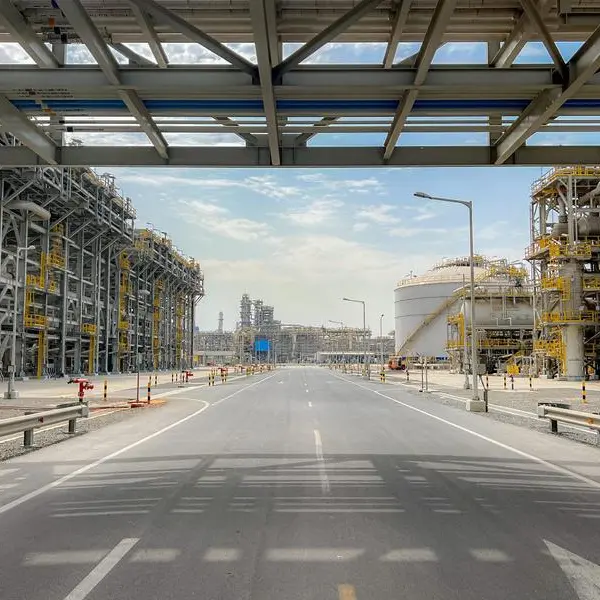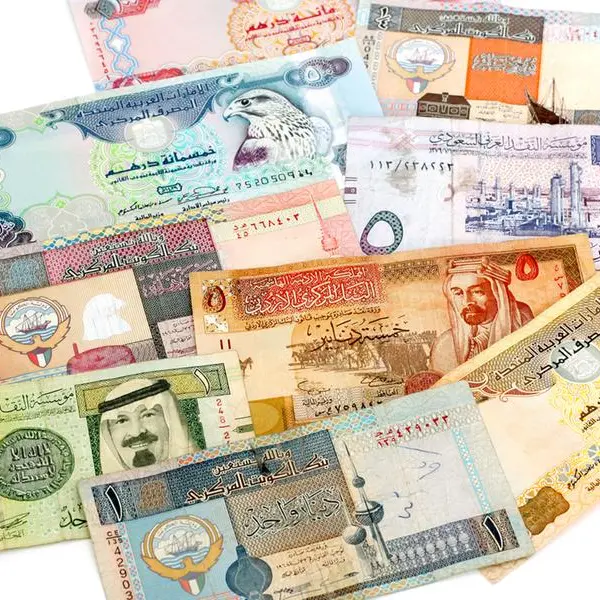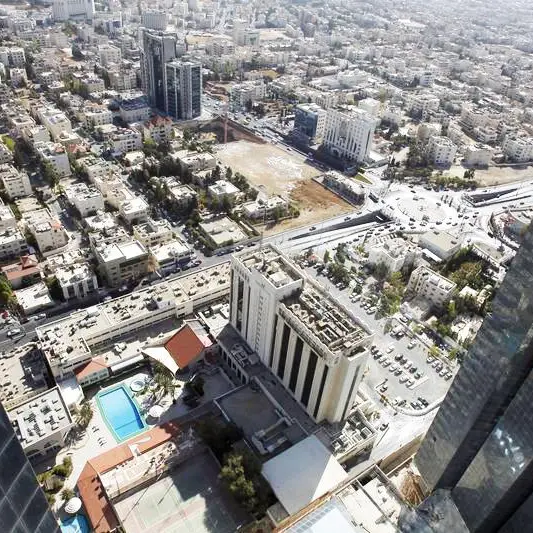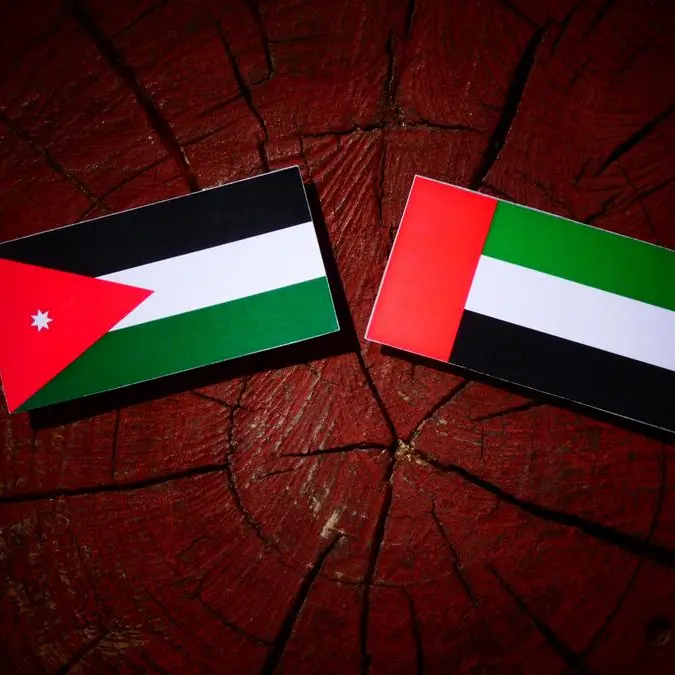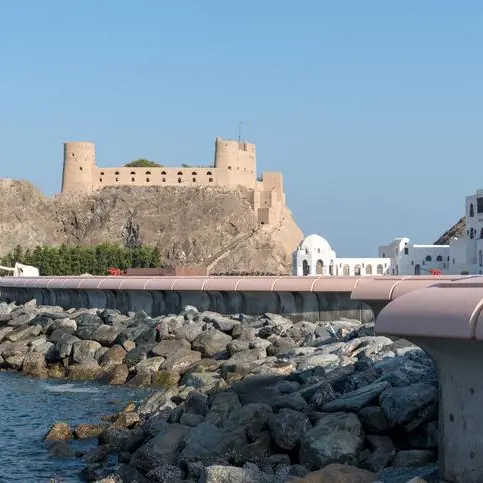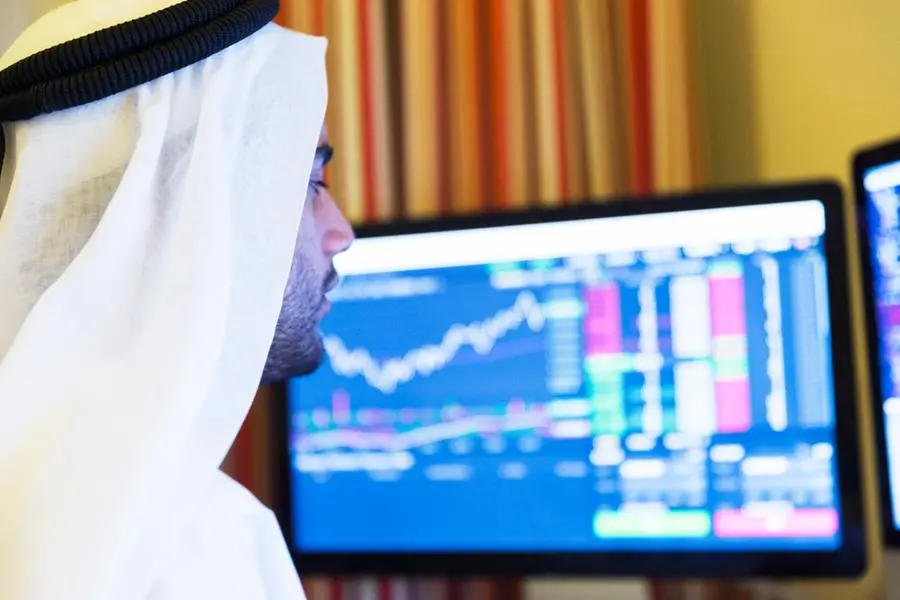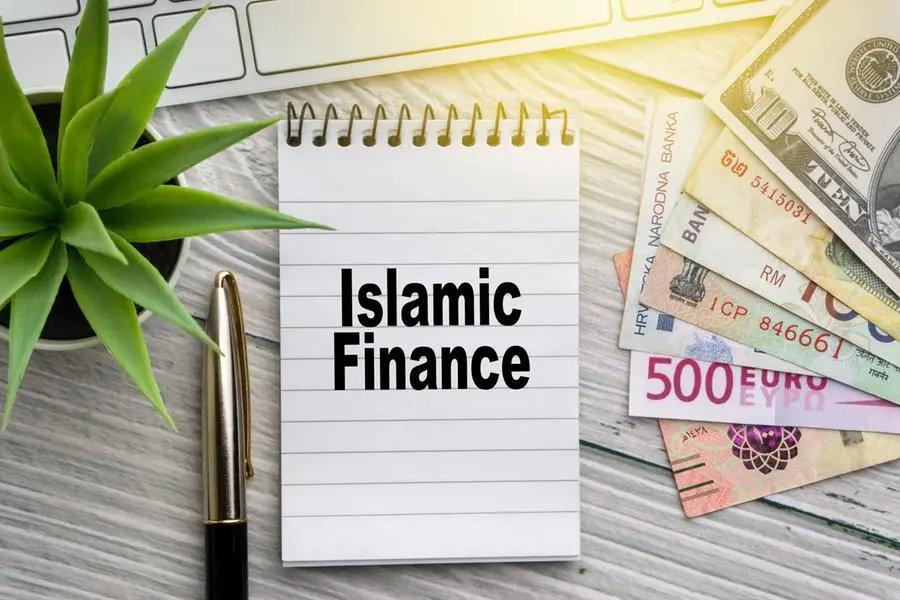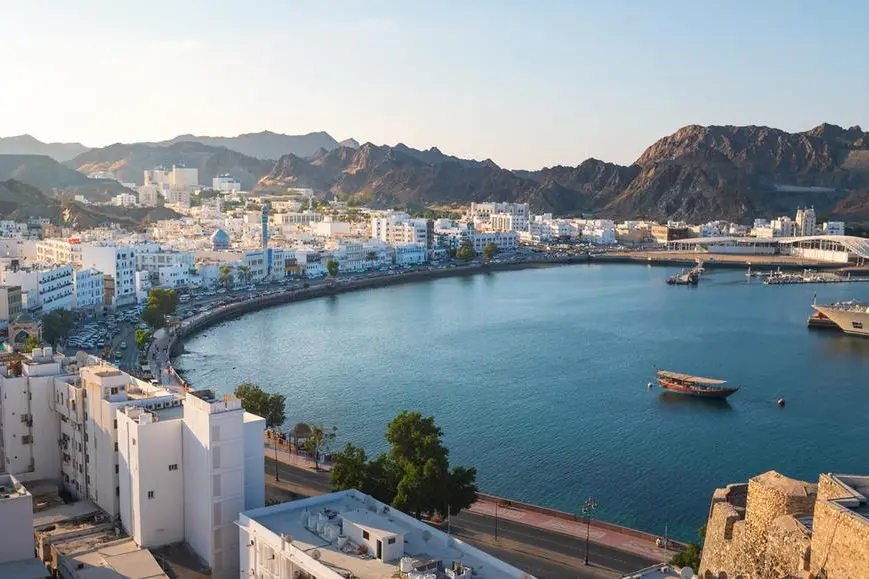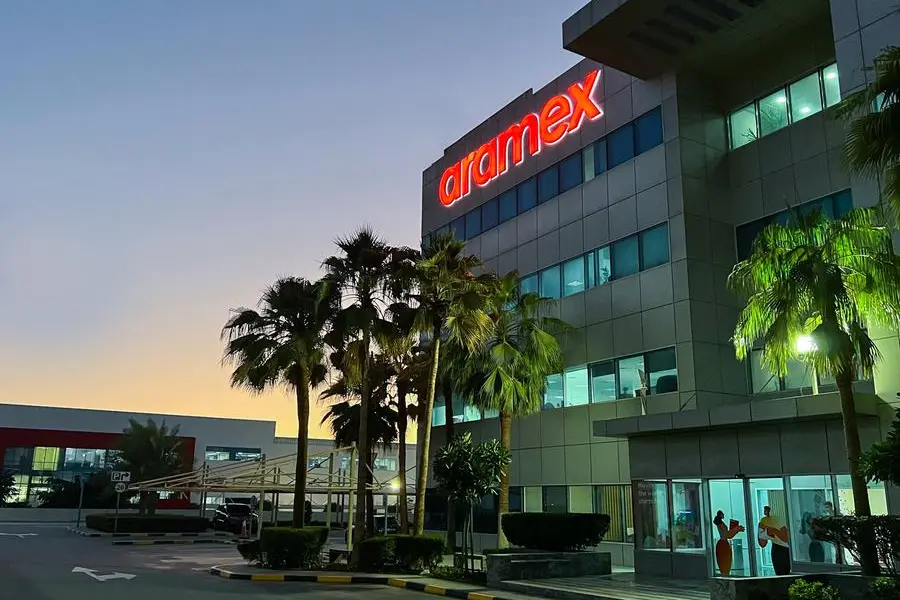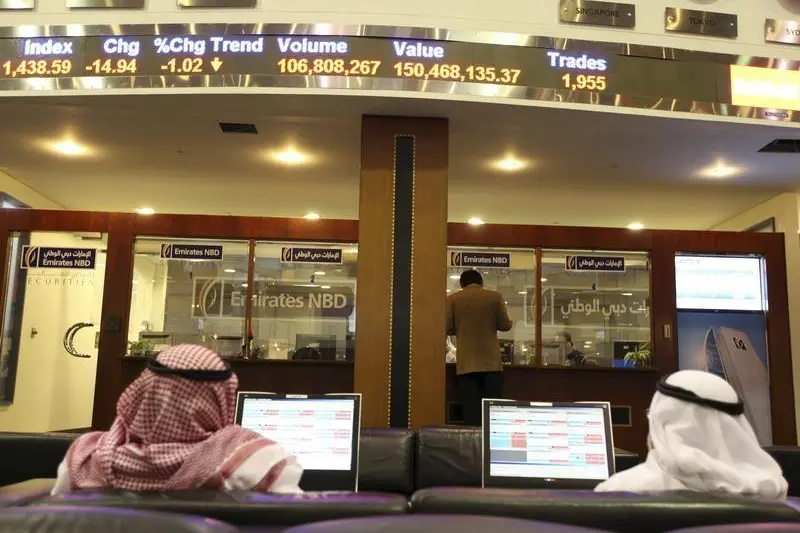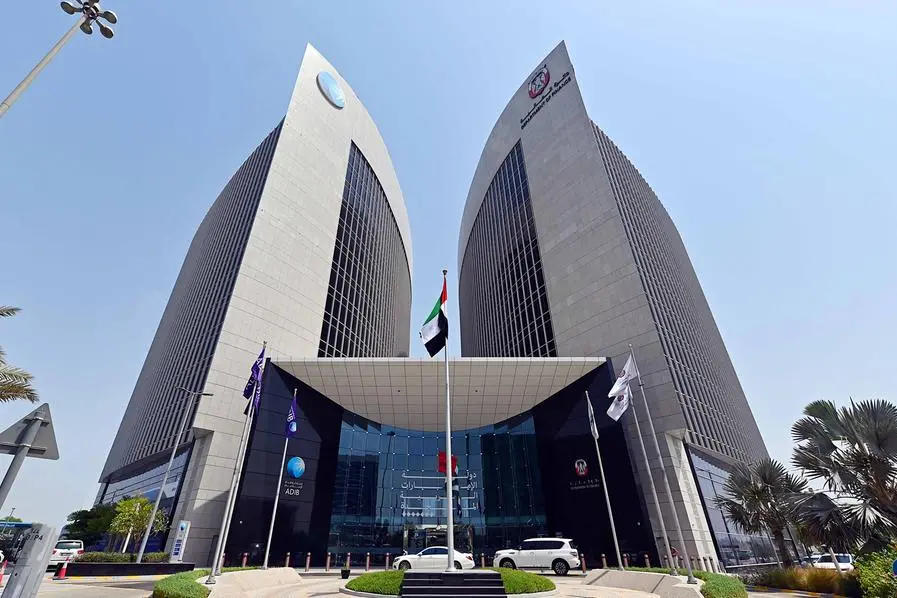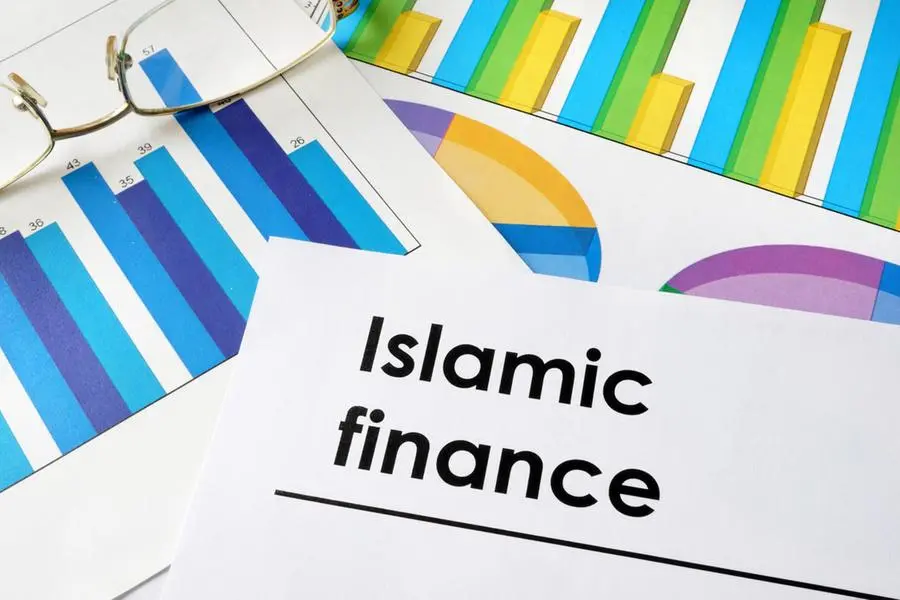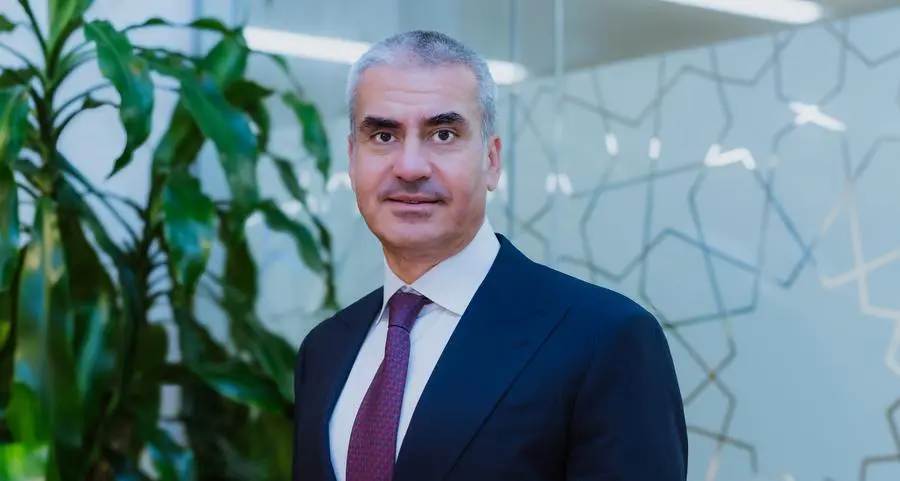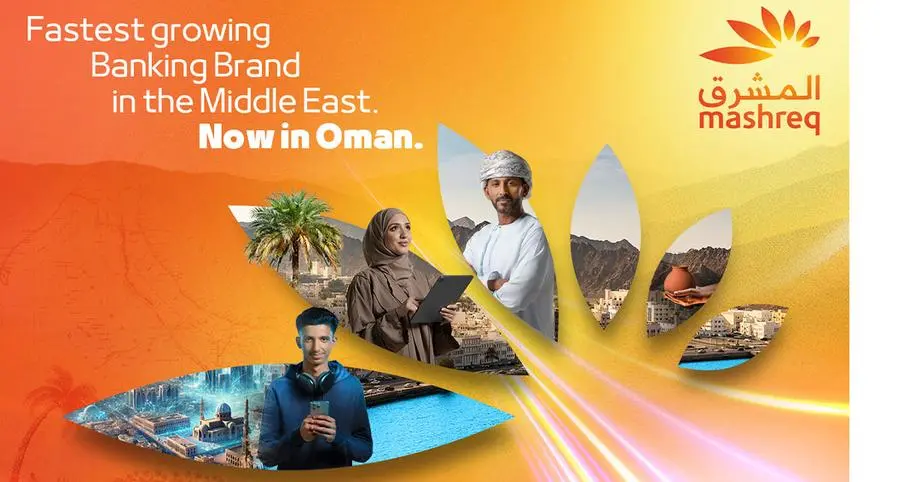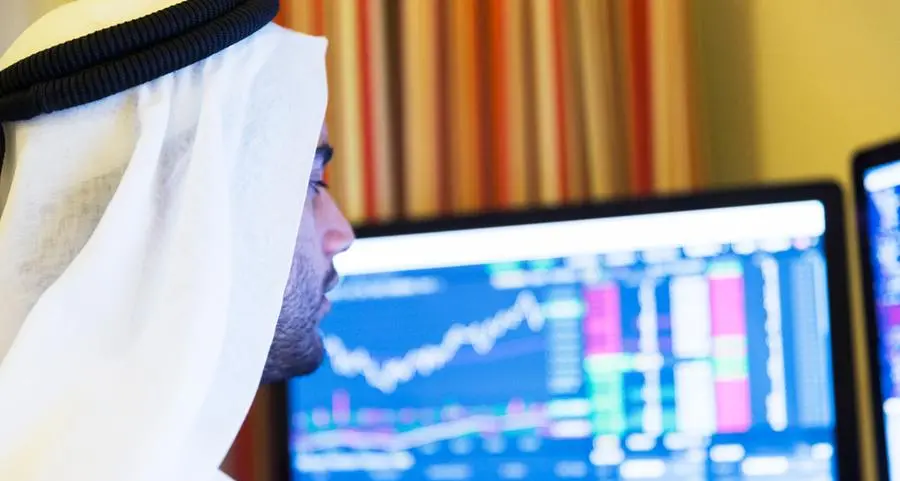PHOTO
Economy graph. Getty Images Image used for illustrative purpose.
The global economic landscape is being reshaped by digital transformation, demographic changes and climate shifts. The Middle East and North Africa (MENA) region, especially the Gulf Cooperation Council (GCC) countries, is leading this transformation with strategic initiatives and significant investments in sustainable growth and innovation.
From the Industrial Revolution to the technological transformation, the global economy has been in a constant state of flux. Black swan events such as the pandemic have exposed the limitations of the most sophisticated hi-tech economic models. Therefore, policymakers must adapt to the ever-changing economic landscape, adopting Heraclitus’ philosophy of “expect the unexpected”.
Today, several major global trends are shaping the economic and social landscape:
*Demographic changes: Global shifts are leading to social and economic pressures in some countries while opening new markets and consumer segments in others.
*Digital transformation: Technologies are revolutionising product and factor markets, altering business models and creating new avenues for innovation and efficiency. The global digital economy is expected to exceed $11 trillion by 2025.
*Green transition: The green agenda is gaining unprecedented momentum like never before. With the global market for major mass-manufactured clean energy technologies projected to exceed $650 billion per year by 2030.
*Economic fragmentation: Nations are now prioritising self-sufficiency amid major security threats, encouraging local innovation and resilience despite deepening economic fragmentation.
Despite challenges, the global economy is expected to hit the 200 trillion-dollar mark before 2050, doubling its current size, according to the fourth edition of the BMI Megatrends Report. Generative Artificial Intelligence (AI) will likely drive substantial productivity gains, particularly in advanced economies. Inflation - a gauge for well-being – will be shaped by supply shocks from fragmentation and extreme weather events, as well as the deflationary effects of technology adoption.
Amidst these structural changes, the MENA region, particularly the GCC, is emerging as a promising avenue for investments. Diversification efforts have notably increased non-hydrocarbon GDP, elevating the region’s global economic role beyond energy supply.
Located strategically at the gateway of Africa, Asia and Europe, the MENA region is crucial for global trade, with 30% passing through the Red Sea and the Gulf of Aden. Additionally, GCC economies attracted significant FDIs, surging from $20 billion in 2017 to $68 billion in 2022.
Demographic trends: They are shifting towards stabilisation and ageing, bringing challenges like pressures on resources and climate stress. However, the MENA region stands out with its growing and relatively young population, projected to remain younger than the global average at 40 percent against 34 percent in 2050, according to the 2022 Revision of World Population Prospects by the United Nations. With the working-age population (aged 15-64) expected to remain close to two-thirds (62 percent) of the total population, the region is poised to surpass 750 million people by 2050, the report added.
This demographic surge promises significant productivity gains through quicker and more effective adoption of innovative technologies, offering an enormous “demographic dividend”.
Technological advancements: Transformative technologies such as artificial intelligence, robotics and blockchain are expected to dominate value creation. The MENA region, particularly GCC, is among the early adopters and possibly future contributors to the digital economy, owing to proactive government initiatives, substantial investments in technology infrastructure, and a tech-savvy population.
FDI in digital sectors in the Middle East grew by 50 percent in the last decade, attracting major global players, according to the 2022 Revision of World Population Prospects by the United Nations.
Green transition: The move towards sustainable practices is a key trend reshaping the global economy. Despite challenges, including stringent regulations and stranded assets, the green transition will induce productivity through green technologies investments.
Transforming the electrification of economies from 20 percent to 70 percent by 2050 entails sector-wide transformation, necessitating extensive collective action and massive capital expenditure.
The MENA region, with its abundant capital and commitment to green transition, is well-positioned to adapt to the new clean economy. With annual investments in clean energy expected to grow to $326 billion by 2040, the region is committed to clean energy technologies to address climate change concerns.
In 2022, Middle East renewables capacity exhibited the highest gain globally, increasing by 12.8 percent YoY, with Qatar exhibiting the highest gain in the region.
Global security and trade: With the increased economic integration, global security concerns are impacting the economic landscape. Trade-related national security issues, cybercrimes and peace index are all trending high risks. Located on the marine chokepoints and hosting strategic energy sources, the MENA region assumes a key role in mitigating global security risks.
The heavy container traffic through the Red Sea and the growing air transit corridor highlights the region’s potential as a leading logistics and trade hub.
Ultimately, the strategic importance of the MENA region, especially the GCC countries, is set to rise in the context of major global economic trends. Navigating these trends and harnessing the benefits of transformation requires a high level of awareness, national commitment and good governance. By staying vigilant and adaptable, the MENA region can leverage its strategic advantages to drive sustainable growth and innovation in the global economy.
(The writer is senior manager, research and policy advocacy at the Invest Qatar).
© Copyright Qatar Tribune. All Rights Reserved. Provided by SyndiGate Media Inc. (Syndigate.info).
